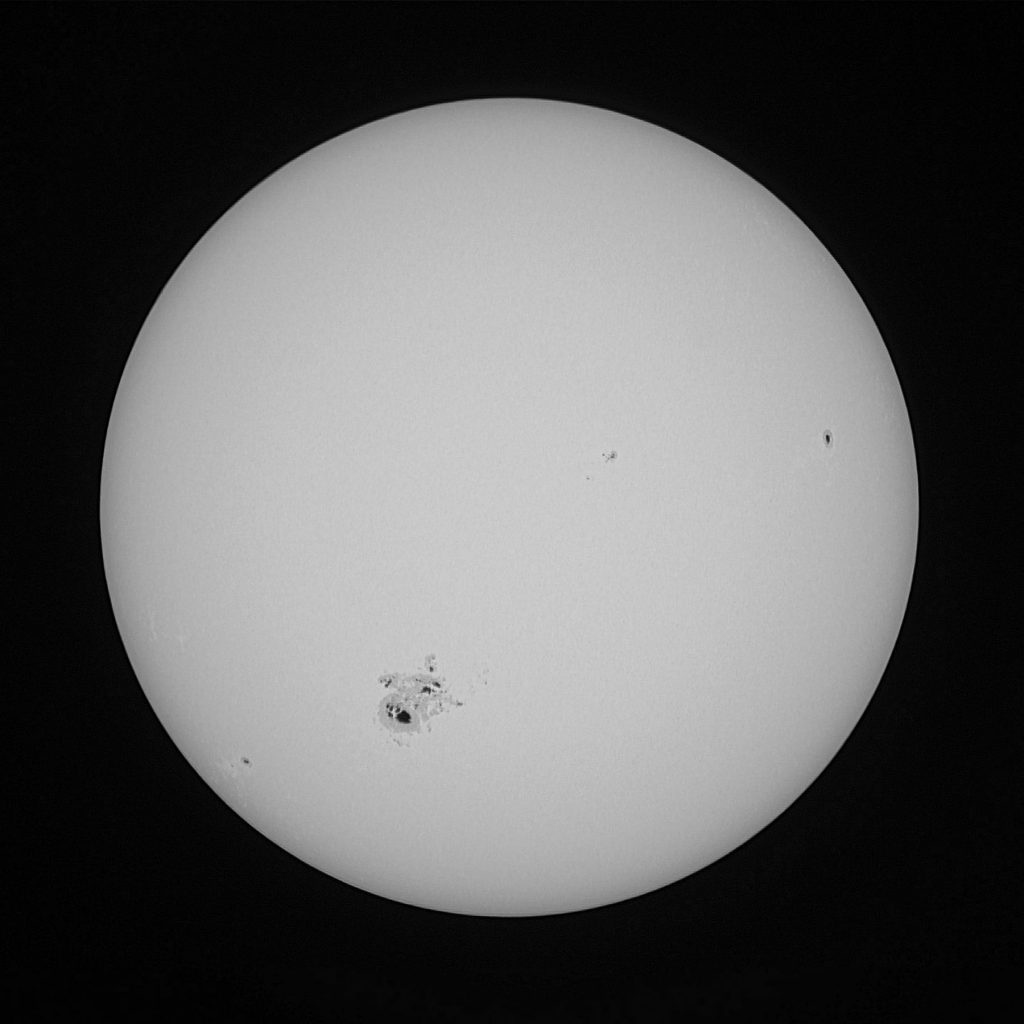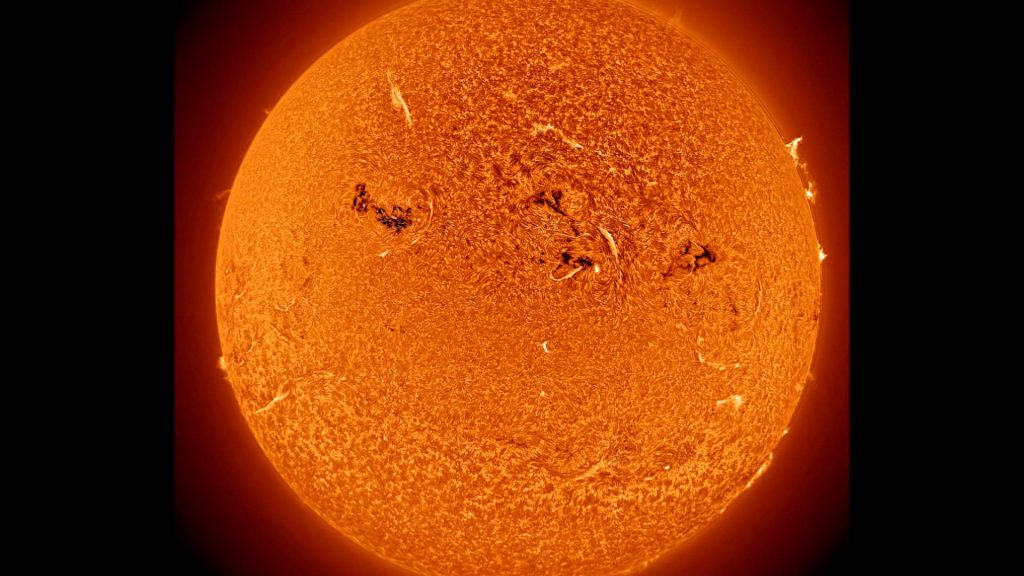 Matthew was voted the winner of Light Zone in 2014. we asked him to report back on how he used his £500 prize money and here is what he said.
Matthew was voted the winner of Light Zone in 2014. we asked him to report back on how he used his £500 prize money and here is what he said.
When I started competing in the Light Zone, I envisioned that I would make an online interactive video about the history of the universe with my prize money. Online videos covering this content already exist, of course, but I wanted to add another dimension — making a ‘choose your own adventure’ style production where viewers could click on various sections to increase the level of detail described.
Well, you know what they said about the ‘best laid schemes o’ mice an’ men…‘
After winning the competition, I went about contacting folks with the technical know-how and production equipment to turn this dream into reality. I am fortunate enough to have friends who do this sort of thing professionally, so I could call in a few favours and get help for a ridiculously low price. Sounds good, right?
Turns out, I had dreamed too big… at least for now. When I had laid out my grand scheme, I was commended on the depth of vision… and informed that there was no way it could be done for five hundred, or even a thousand pounds. Ah well.
When life hands you lemons, it’s time to make lemonade. Back to the drawing board, I decided to design a use for the prize money that would be able to keep giving through the years. Given the focus on secondary school students in I’m a Scientist, I also wanted to do an outreach project that could be aimed at secondary schools. After much rumination, I settled on this idea: If I purchased a telescope, I could go to secondary schools to talk about astronomy… and then make it experiential, engaging the students by taking them outside and letting them see the stars for themselves! This would even keep with the theme of the Light Zone, since telescopes are all about light!
Brilliant… with only one flaw. Schools are open during the daytime. An ordinary telescope isn’t much good then. Hmmmm…
In that case, how about an extraordinary telescope? A solar telescope can be used during the day. It is only good for looking at one star… but it can provide amazing views of that star! One can buy an inexpensive neutral density filter rather easily, giving some basic views of the sun in white light. They deliver images that look something like this:

The sun, as seen in white light only. Not terribly interesting.
That’s okay, but I wanted to do something better. I decided to look into a hydrogen-alpha telescope, which blocks all light except for that within a narrow wavelength band around 656.23 nm. This light is emitted when an electron in the sun’s hydrogen drops from the third energy level to the second. That sounds dry; I will explain why it is exciting — this is the wavelength of the light emitted by many features in the sun’s atmosphere, including solar flares and coronal mass ejections.
I started shopping for solar telescopes and found that perhaps I had leapt from one overly expensive idea to another. It turns out that these ‘scopes can easily cost upwards of two thousand pounds for instruments with 60 – 100 mm apertures and a bandpass of 0.5 Angstroms! Whoops! Luckily, I came across the Coronado Personal Solar Telescope, or PST. This is an ‘entry level’ solar telescope; the aperture is only 40 mm, and the bandpass is 1.0 Angstroms (or 0.1 nm)… but it is quite fit for my outreach purposes. Here is what the sun looks like through a Coronado PST:

At 656.23 nm, the sun can be seen for the dynamic orb that it truly is.
I’m sure you will agree that this is much more interesting! And, by the way, those flares on the right side of the picture are all much bigger than the Earth!
I priced a PST for £600 — only slightly more than the prize money. I happily topped up the rest as a personal donation and placed the order. Whilst waiting for it to arrive, I crafted a presentation on ‘The Life & Death of Stars’. This talk covers star formation, the different types of stars on the main sequence, and the possible fate of stars when their fuel is exhausted — like white dwarves, or core-collapse supernovae.
When the telescope arrived, I was ready to start visiting schools. I made contact with local schools, like the Eckington School in Derbyshire. My typical school presentation starts with time in the classroom, going over my slides on the life cycle of a star. After the presentation is finished, I take groups of six students at a time outside to observe the sun through hydrogen-alpha light. Early on, I brought the whole class at once. I soon learned that small groups are best; otherwise the queue can get a little rowdy!
Students often come back to observe a second time during the visit; this is excellent, because the sun is not static — it changes in real time, and will look different the second time they catch a look.
In the end, my original vision didn’t come anywhere near reality. In its place, though, it a completely different project that incorporates the mission of I’m a Scientist and the theme of the Light Zone into a learning tool that will continue to fascinate students for years to come!
If you’re a scientist who’d like the funding to develop your own outreach activities apply for I’m a Scientist at imascientist.org.uk/scientist-apply

